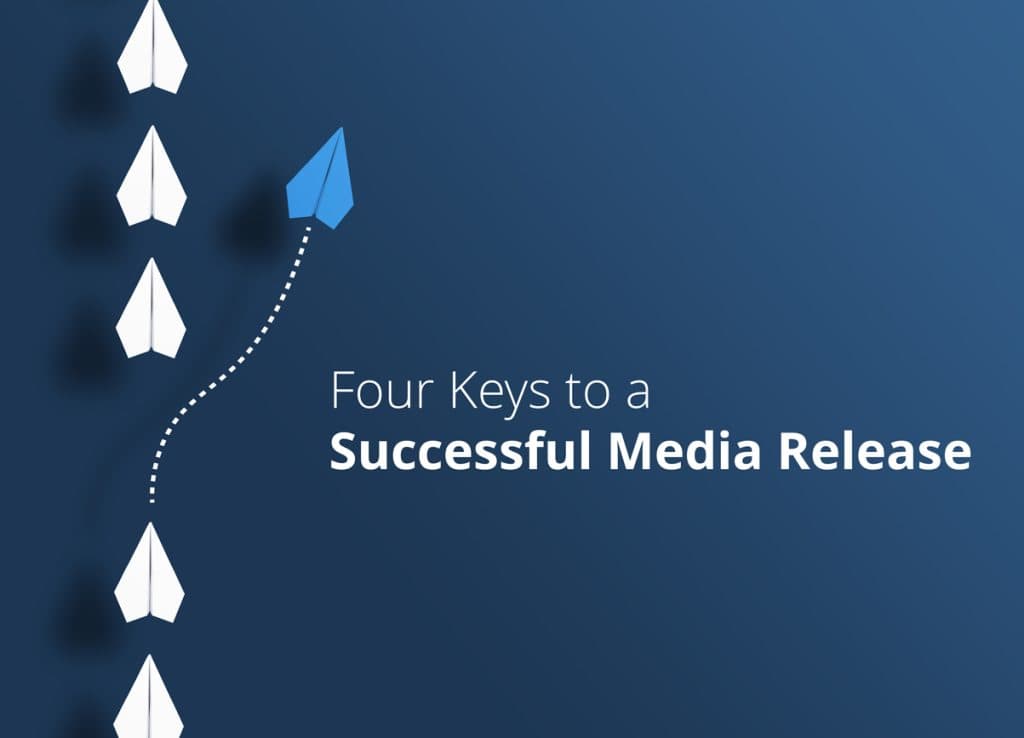
Loving Your Job? Maybe You Need Some Time Off.
If you’re not loving your current role, then you probably don’t need any encouragement to take time off. But what happens when the months creep by and you’re genuinely enjoying your work, your clients, and your colleagues, and don’t feel like you ‘need a break’?
Take one anyway.







